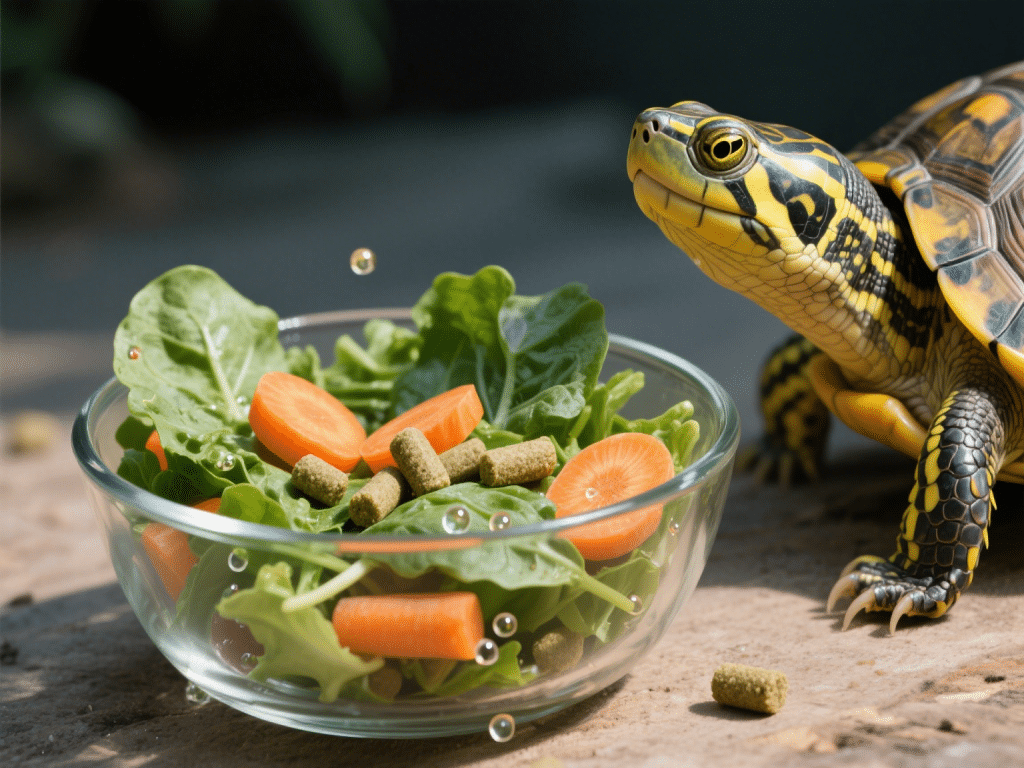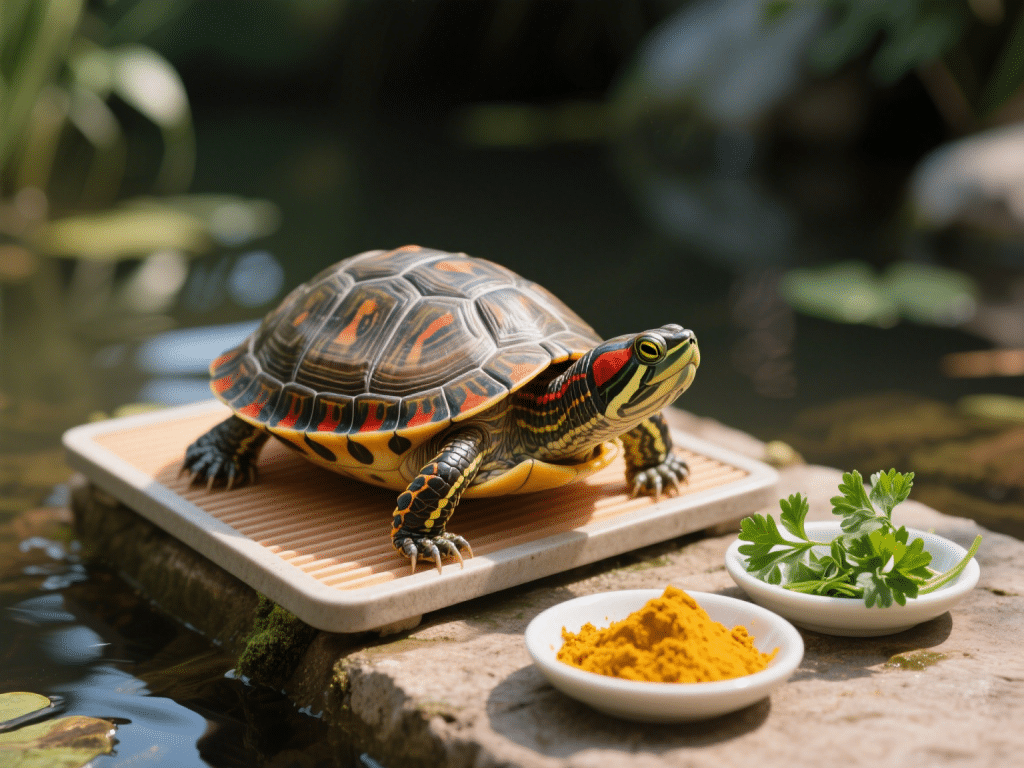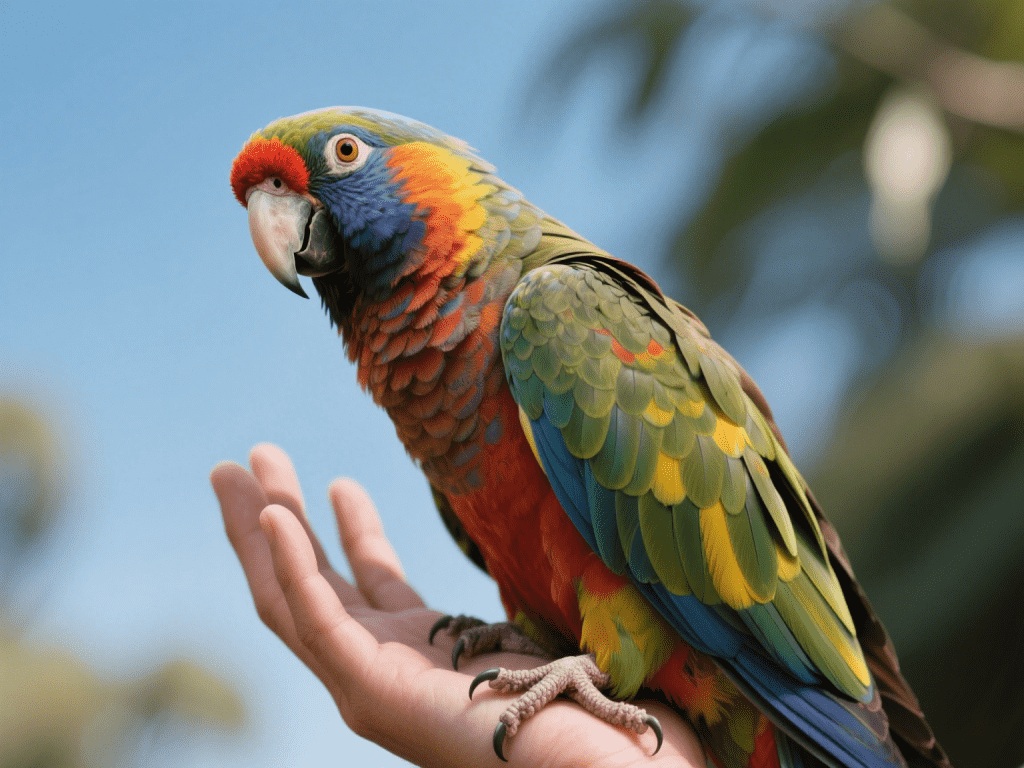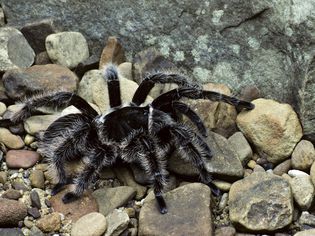Feeding Your Pet Turtle: Balanced Diets for Aquatic and Terrestrial Species

Nutrition plays a defining role in the health and longevity of pet turtles. Aquatic sliders, map turtles, and box turtles each have distinct dietary requirements—imbalances can lead to shell deformities, vitamin deficiencies, and obesity. Drawing from field research and decades of husbandry practice, this guide outlines tailored feeding regimens, supplementation strategies, and troubleshooting advice, ensuring your shelled friend thrives from hatchling to adult.
1. Species-Specific Dietary Foundations
A. Aquatic Sliders & Map Turtles
Juveniles (<6 inches): Predominantly animal protein—commercially formulated floating turtle pellets, soaked shrimp, earthworms (15–20% plant matter).
Adults: Shift to 50:50 ratio of plant to animal matter—offer blanched leafy greens (duckweed, lettuce, water hyacinth), algae wafers, and occasional feeder fish.
B. Terrestrial Box Turtles & Tortoises
Terrestrial Box Turtles: Omnivorous—fruit (berries, melon) 30%, dark leafy greens 40%, protein (insects, pellets) 30%.
Tortoises (e.g., Russian, Sulcata): Herbivorous—high‑fiber grasses (90%), edible weeds (5%), vegetables (5%). No fruits except rare treats.
2. Portioning and Frequency
Juveniles: Daily feeding—nutrient-rich diets support rapid growth but monitor to avoid overfeeding.
Adults: Feed 3–4 times weekly for most species; box turtles may feed daily but in smaller volumes.
Portion Guideline Example (Adult Slider, 6 inches):
¼ cup pellets + ½ cup mixed greens three times per week; supplement protein once per week with 5–10 g shrimp or earthworms.
3. Essential Supplements
Calcium: Offer cuttlebone or calcium blocks; dust daily feeder insects at a ratio of 1:10 (calcium : feed).
Vitamin D3: For indoor setups without UVB lighting, use D3‑supplemented calcium—apply once weekly.
Multivitamins: A balanced reptile multivitamin dusted weekly prevents micronutrient gaps.
4. Feeding Techniques and Enrichment
Live Prey Encouragement: Occasional earthworms or small feeder fish trigger natural hunting instincts—place in shallow water areas.
Foraging Challenges: Hide pellets or veggies in floating logs or under rocks to promote active searching.
Avoid Overfeeding: Remove uneaten food after 1 hour to prevent water fouling and obesity.
5. Common Nutritional Pitfalls and Solutions
Metabolic Bone Disease (MBD): Signs include soft, pyramided scutes—ensure UVB exposure and calcium supplementation.
Obesity: Overgrowth leads to mobility issues—reduce pellet proportion, increase greens and supervised swimming sessions.
Shell Rot Prevention: Maintain clean water; dry docking 1 hour weekly helps ventilation and shell health.
By understanding your turtle’s natural diet and replicating it within captivity, you safeguard against common health issues while promoting vibrant shell development and energetic behavior. Implement these tailored feeding strategies to nurture a balanced, species‑appropriate diet—your turtle’s health depends on it.









Comments on "Feeding Your Pet Turtle: Balanced Diets for Aquatic and Terrestrial Species" :